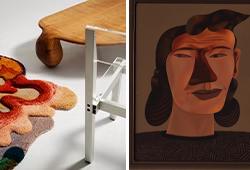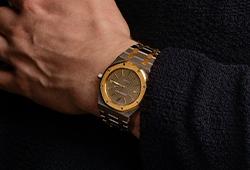A yellow glazed five clawed dragon bowl, Qing dynasty, Kangxi (1662-1722).
Decorated with five clawed dragons chasing the flaming pearl amidst coud formations. Diameter 16,5 cm. Wooden stand accompanies the piece.
Restored.
Provenance
From the Collection of Gustaf Wallenberg (1863-1939). Gustaf Wallenberg was Swedish business man, diplomat and active politician. He was the son of André Oscar Wallenberg, founder of Stockholm Enskilda Bank (today SEB, and grandfather of Raoul Wallenberg (1912-47?). After a career in the Swedish Navy he turned to the business world and was very active in striving to better the transoceanic shipping industry. Something that came in handy when he in 1908 successfully negotiated with the Qing court in Beijing about a friendship, trade and navigation treaty. The collection was acquired between 1906 and 1918 when Wallenberg was the Swedish Envoyé in Tokyo. From 1907 he was also accredited for Beijing and came to spend time in both countries as the Swedish Ambassador. Mr Wallenberg came to be in China in dramatic part of its history, when a lot of items came on the market and when the golden era of collecting Chinese works of art started in Europe. Thence by descent.
Exhibitions
Bukowskis sold a part of this collection previously at Bukowskis Sale 554 in 2009 and Bukowskis Sale 556, 2010
Literature
Compare with a related yellow glazed bowl with incised dragons, but with straight sides, Kangxi, illustrated by J.Ayers, Chinese Ceramics in the Baur Collection, vol.2, Geneva, 1999, p.69, no.190.
More information
The pieces are repaired in Japan in a technique called Kintsugi (translates to ‘golden joinery’), also known as kintsukuroi ‘golden repair’. It is a Japanese art of repairing broken pottery by mending areas of breakage with lacquer dusted or mixed with powdered gold, silver or platinum, and it treats breakage and repair as a part of the history of an object rather than something to disguise.
One can clearly see in the academic collection of Gustaf Wallenberg, that he appreciated the items for their quality and the rareness of the pieces, and that he very confident and appreciated this way of taking care of the magnificent cultural heritage of China.
The black and white images are from Temple Court, the Wallenberg residence in Japan.











































